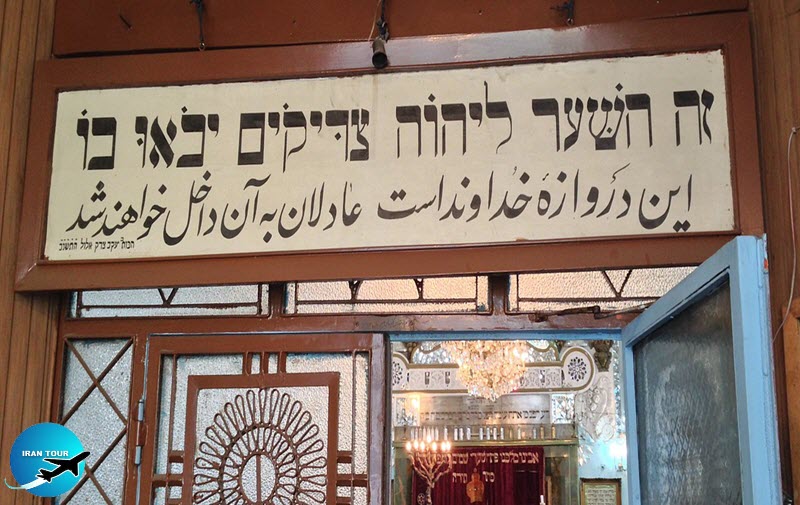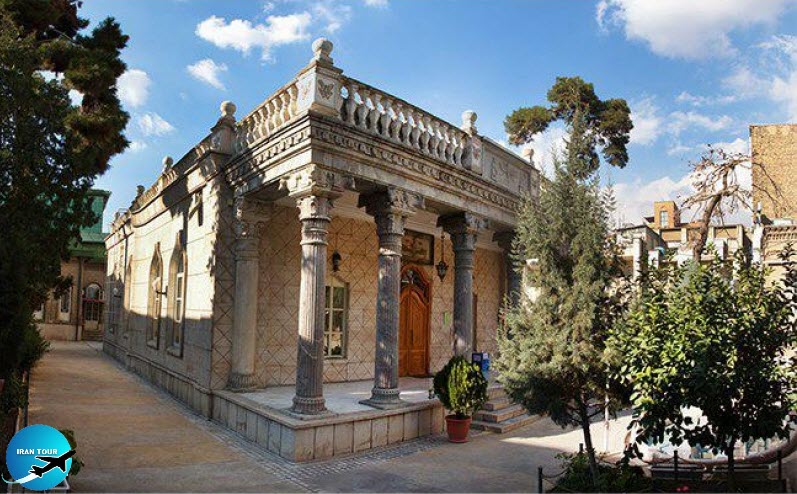Copyright 2020 - 2021 irantour.tours all right reserved
Designed by Behsazanhost
A STREET FOR DIALOUUE - CROSSROAD OF RELIGIONS
A STREET FOR DIALOGUE - CROSSROAD OF RELIGIONS
One of the most important Iran's cultural features is the coexistence and the common life of different religions(Jewish, Christian, Zoroastrian). This cultural feature in this land, as well as in many cities of Iran, has been from hundreds of years ago. The main cities of Iran, such as Isfahan, Shiraz, Yazd, and Tehran, have this important feature. There is one of these cultural attributes at 30 Tir street- Tehran.
30 Tir
This street starts from the south of Imam Khomeini Square and ends at the intersection of the Republican street and the Russian embassy. This is one of the oldest streets in Tehran with the most beautiful old buildings from the Qajar period up to the first and second Pahlavi. Also, it holds the Iran National Museum and the Glassware & Ceramic Museum, which not only their buildings have special architecture, but also their historical objects are very valuable. Representing Churches and Jewish synagogue, Zoroastrian fire temple, and Muslims mosque show an astonishing dynamic in this street and due to this variety made famous to the religious street. The popularity of these religious monuments is a response to the freedom of expression and peaceful coexistence of Iranians with other religions.
 |
30 Tor street with less than 1 km of length is one of the most attractive streets in Tehran. At the beginning of this street is laid the building of the National Museum of Iran. The brick building of the Museum of Ancient Iran was designed by French architects André Godard and Maxime
At the beginning of this street in the Qajar period, there were various gardens belonging to the Qajar princes and ministers. During the first Pahlavi period, these buildings turned into state centers - the Ministry of War - the National Library and other government buildings. Also at the end of this street, there is the Glassware & Ceramic Museum, which is one of the most beautiful buildings from the Qajar period. The building is located in a 7000 square meter garden and was used by Qavam (Iran prime minister) until 1953.
Later, the building was sold to the Egyptian government as new premises of the Egyptian Embassy and remained in their possession for seven years. then the Commercial Bank bought the building. However, it was sold to Farah Pahlavi's office in 1976 and turned into a museum. The museum was opened in 1980 and was inscribed on the National Heritage List in 1998.
 |
At the end of this old street and adjacent to the Museum of Glassware and Ceramic Museum, there
The presence of these religious places, together, proves the hospitality culture and peaceful life of the Iranian people with other nations and tribs from years ago which are appearing in such places.
- Details
- Category: IRAN Blog